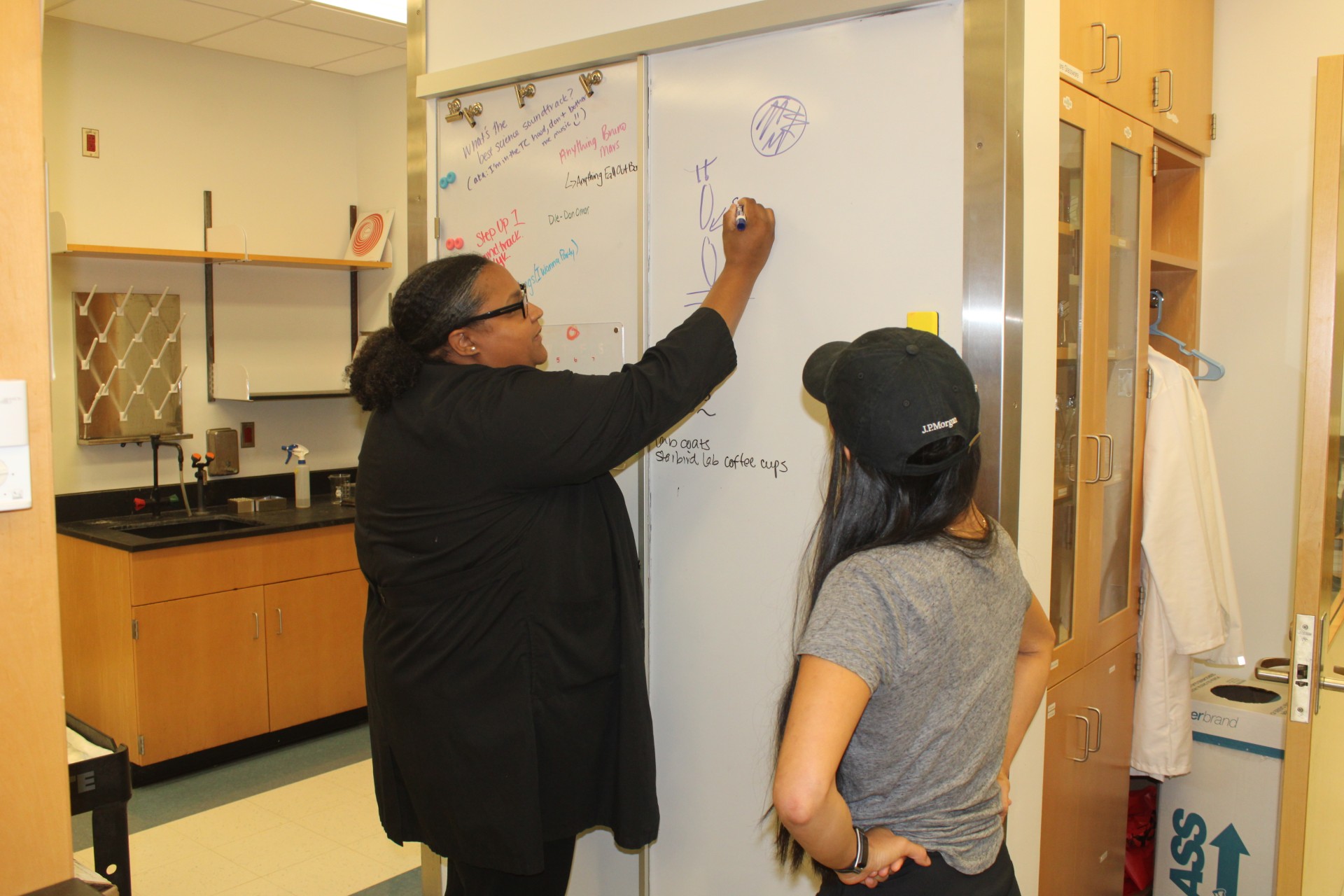A new web system has been linked to a greater quality of life for cancer patients, according to research done by UNC Dr. Ethan Basch.
“We looked at a number of different clinical outcomes,” he said. “One of them was trips to the emergency room, another one of them was quality of life and another one was survival. Surprisingly, there was a very substantial and significant impact on all of those outcomes.”
The system gave patients the ability to enter their symptoms online daily. Doctors would be automatically emailed if symptoms were severe or worsening.
“There were fewer emergency room visits,” he said. “People’s quality of life improved and stayed good for a longer period of time and people actually lived longer and the quality of their life improved.”
Basch evaluated outcomes for 766 patients. The study showed 75 percent of patients who used the system were alive after one year, compared to 69 percent who did not take the survey.
He said part of the reason for the success is because doctors don’t always know what their patients are feeling.
“When people come in to see their cancer doctor or cancer nurse, there’s a lot going on, there’s a lot to talk about,” he said. “For better or worse, often discussion of how people were feeling could get lost in the shuffle.”
Patty Spears, who was diagnosed with breast cancer in 1999, said getting in touch with doctors can be intimidating.
“All of us have been though the treatment process,” she said. “My treatment was every three weeks, so you would have a whole three weeks where you would have symptoms and things pop up and the patient is always like ‘is that important enough to call?'”
While she was undergoing treatment, Spears said one time she had a rash on her face, which she didn’t go see a doctor for.
“It wasn’t horrible so I didn’t think it was worth a visit,” she said. “You’re feeling bad anyhow so you don’t want to get in a car and go somewhere. When I told them about it they said ‘when was it’ and ‘maybe we should have looked at it.'”
Because of the system, nurses acted upon the information three quarters of the time. A change in medication resulted from 12 percent of email alerts and referrals to the emergency room resulted from eight percent of alerts.
Basch said this system helps mend the communication breakdown between doctors and patients, which can make it difficult for doctors.
“There are numerous different reasons for a communication breakdown,” Basch said. “What we know is that by using these systematic questionnaires we bypass a lot of those barriers and we get the pure, unfiltered information we need.”
Spears said the online survey makes it easier for them to share exactly what they are feeling.
“They feel like oh (the doctors) want to know this information,” she said. “It gives a sense of value to it.”










